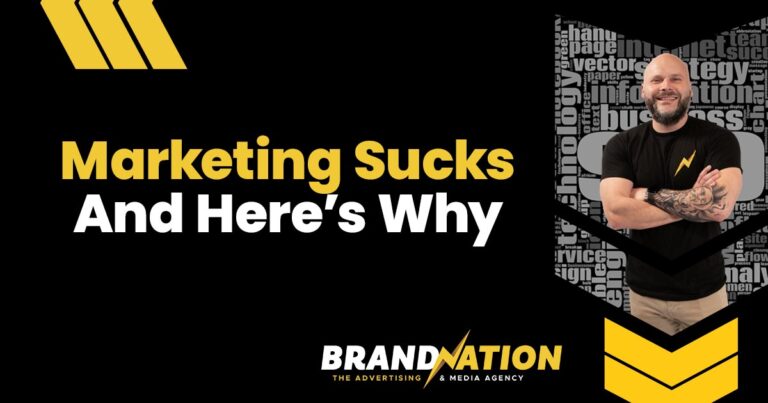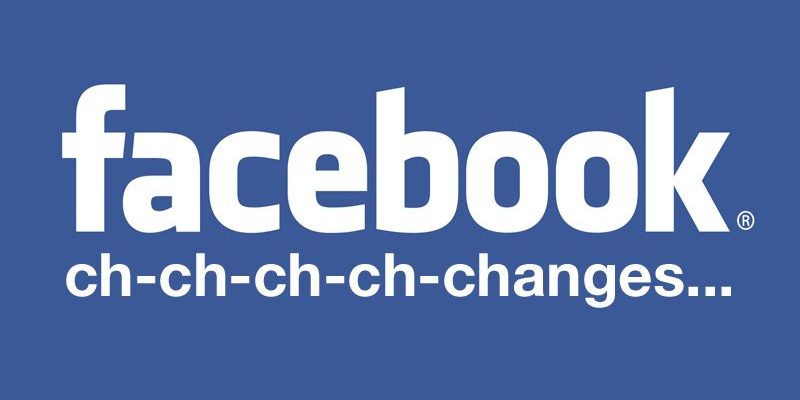

When it comes to social media, Facebook is the de facto authority of the industry. With a staggering amount of monthly active users exceeding 1.5 billion, it is the most visited social media portal among all age demos. In terms of numbers, that amounts to one out of six minutes online via desktop spent on the site and one out of five minutes while on mobile devices. That is a dominance that no other social media site has been able to come close to duplicating. The real question that these numbers bring to mind is, “What are users looking at while on Facebook?”
Those familiar with the Facebook environment know that the first thing you see when logging in is your news feed. This is basically a content aggregator that shows the user posts, friend activity, FB live videos and other content from friends, family and often times companies like you. Other than some minor user tweaks in the preferences section, users have little control over prioritization of content.
To put it in simpler terms: Facebook decides what is important and what you see in your newsfeed.
How Is Content Prioritized?
The Facebook algorithm is a formula; one that in the past has been highly enigmatic and secretive in detail that determines what shows up in a user’s newsfeed. This means Facebook literally shapes your social media experience on their site solely from this algorithm. That is a lot of power and with great power comes great responsibility.
While Facebook has always been primarily a social site for friends and family to connect, the rising power of social media in advertising has flooded Facebook with targeted ads, “click bait” and other content in news feeds unrelated to a user’s social circles. Facebook CEO Mark Zuckerberg has acknowledged this trend and wants to bring back the original vision of the site by decreasing the amount of random content users see in their feed.
On January 11, 2018, Zuckerberg announced that Facebook would be rolling out a new algorithm to make content from “friends, family and groups” a priority over posts from media outlets, brands and businesses. Zuckerberg claims that the move is to spur meaningful engagement between friends and family and the common interests they share. Citing a responsibility to make sure Facebook is not just fun to use but also good for one’s well-being as justification for the change, He admits this will pose challenges for businesses seeking user’s attention through Facebook.
In other words, if you want to reach your customers on Facebook, you’re going to have to work harder at it; but it is not impossible if you implement the right strategies in your social media arsenal.
Fortunately, Facebook has become a bit less secretive with their algorithm but that doesn’t mean their cards aren’t still close to their chest. While not revealing exactly what the news feed parameters will be, Facebook’s focus is on “meaningful interactions”. That’s a nice catchphrase, but what exactly does “meaningful interactions” mean? The answer is quite simply…
Comments, Comments, Comments
In announcing the change, Zuckerberg essentially wants users to see content that spurs a reaction, as in a comment. Thus, a post from a business that garners very low comments or none at all will see much less distribution than a post that spurs conversation among social circles. The bottom line is: the more comments a post gets the higher its distribution; but what makes people comment on posts?
Let’s Give Them Something To Talk About
For the most part humans are social creatures; we like to engage with people and we also like to express our opinions or emotions about things that we can relate to. This is why a post about playful puppies can get thousands of comments, while a post about a company’s new product may only get a handful. Almost everyone loves puppies, so the engagement scope of that content is much wider.
What this means for businesses is that your content needs to promote interaction between users viewing it. Post content with trending subjects that users have opinions on and weave your company message into those posts.
For example, if you are a home automation distributor, you would write a post about rising energy costs and tie in the energy efficiency of home automation. You’ll need to fine tune your content to get the message across but the point is, the more users commenting on your content, the more users that will see it. But there is a caveat…
Don’t Spam For Attention
Some companies are already trying to work around the new algorithm by blatantly asking their followers to comment on a post just to comment. Or they may say something like “Comment on this post if you want lower taxes.” Anything along those lines is not only counter-productive, as Facebook demotes those posts, but it also makes your company look desperate and that speaks volumes. Don’t do it. Simply work harder by getting in tune with your audience’s needs, wants and interests and you will capture their attention. If you really want to master Facebook marketing, then make Facebook Live work for you.
As mentioned in our last blog, the importance of Facebook Live to your survival on this platform cannot be stressed enough. Video will soon account for over 80% of web traffic across all devices with live streaming video leading the way.
By making Facebook Live an important tenet of your content strategy, you give a real-time interactive content source for your audience that engages in a very personal way. Viewers love to see unedited, on-the-fly video because it makes it seem less manufactured and more real. It lends to some sense of honesty and confidence in your brand to go live.
Facebook’s new algorithm is going to show more favor to FB live videos just due to their interactive nature. Viewers comment live on what they see and comments are time stamped so you also get the benefit of knowing what parts of the stream are generating a reaction. It’s marketing gold to get focus group-like analysis, a live video coverage and real-time audience reaction essentially for no cost at all. Facebook live is the future, the audience is here now; so where will your company be?
The popularity of Facebook Groups taps into the basic psyche of the human condition — the need for acceptance and sharing common bonds. This is a powerful tool for bringing your audience together to advance your company’s exposure and prominence on the Facebook platform. When you create a group and invite your audience to join that group, you are setting the stage for conversation and interaction to breakout at any moment. Adding relevant, engaging posts to the group page has a much higher chance of spurring conversation because users have joined based on the interests of the group.
The Benefits Of Facebook Groups For Business
Having a page for your business on Facebook is of course an integral part of your Facebook campaign; but you need a Facebook Group for your business as well to really interact with your audience. There are many benefits of Facebook Groups:
If you don’t already have a group set up for your business, don’t wait; after all, your followers are your best advocates.
1210 W Clay St, Suite 26
Houston, TX 77019
713-999-4661
Anillo Perif. 3720, Jardines del Pedregal, Álvaro Obregón, 01900 Ciudad de México, CDMX
55 7450 0148